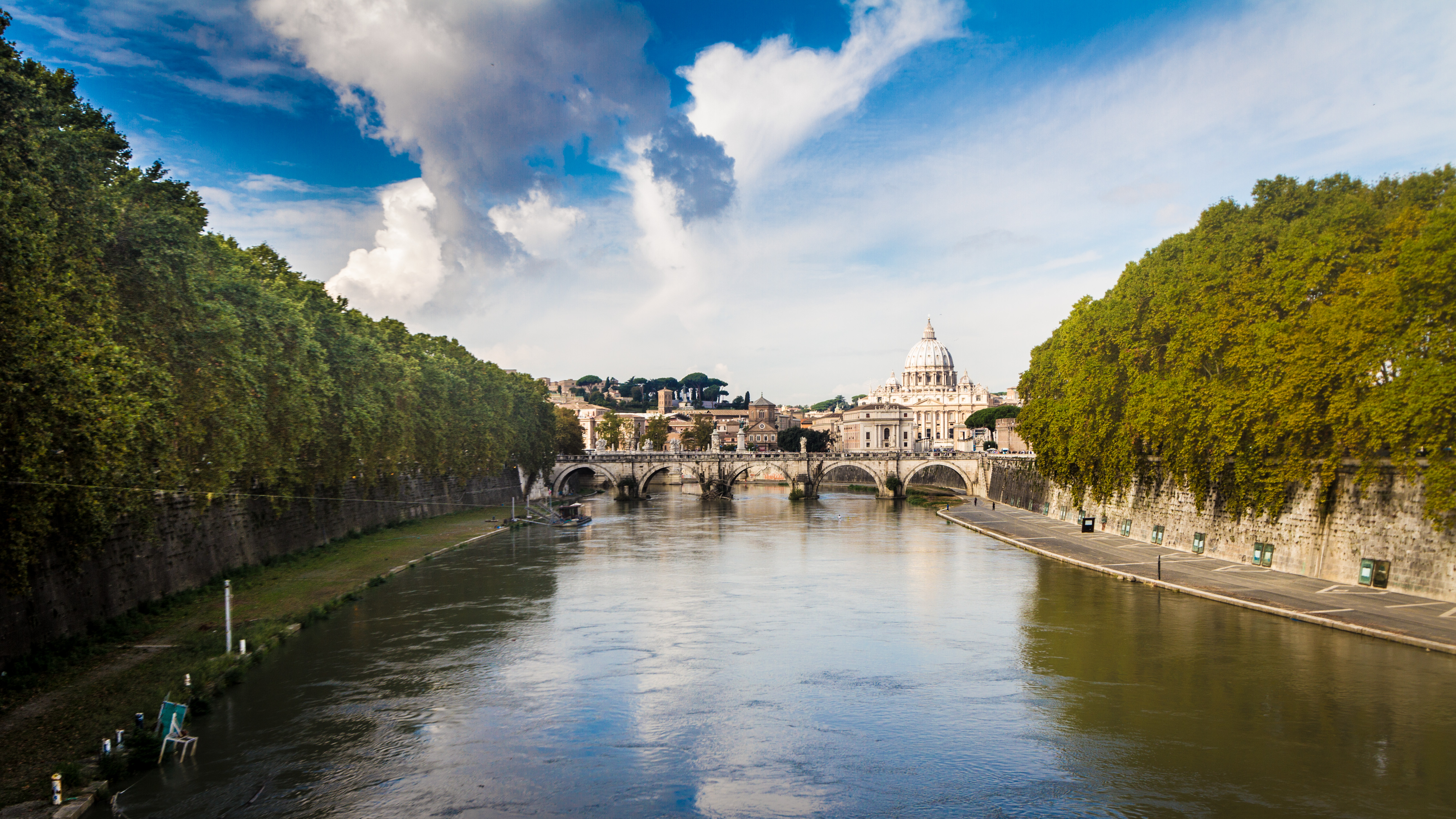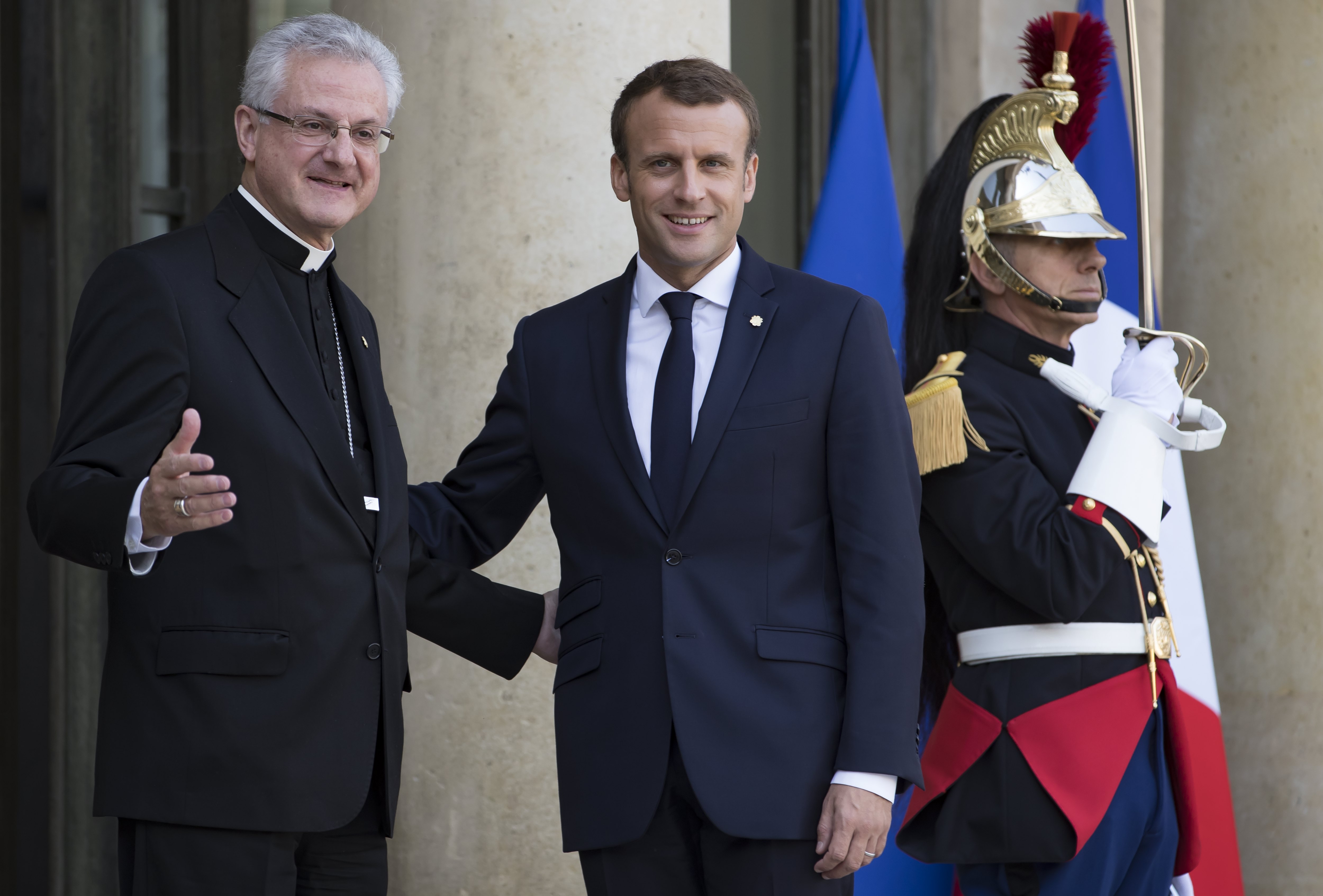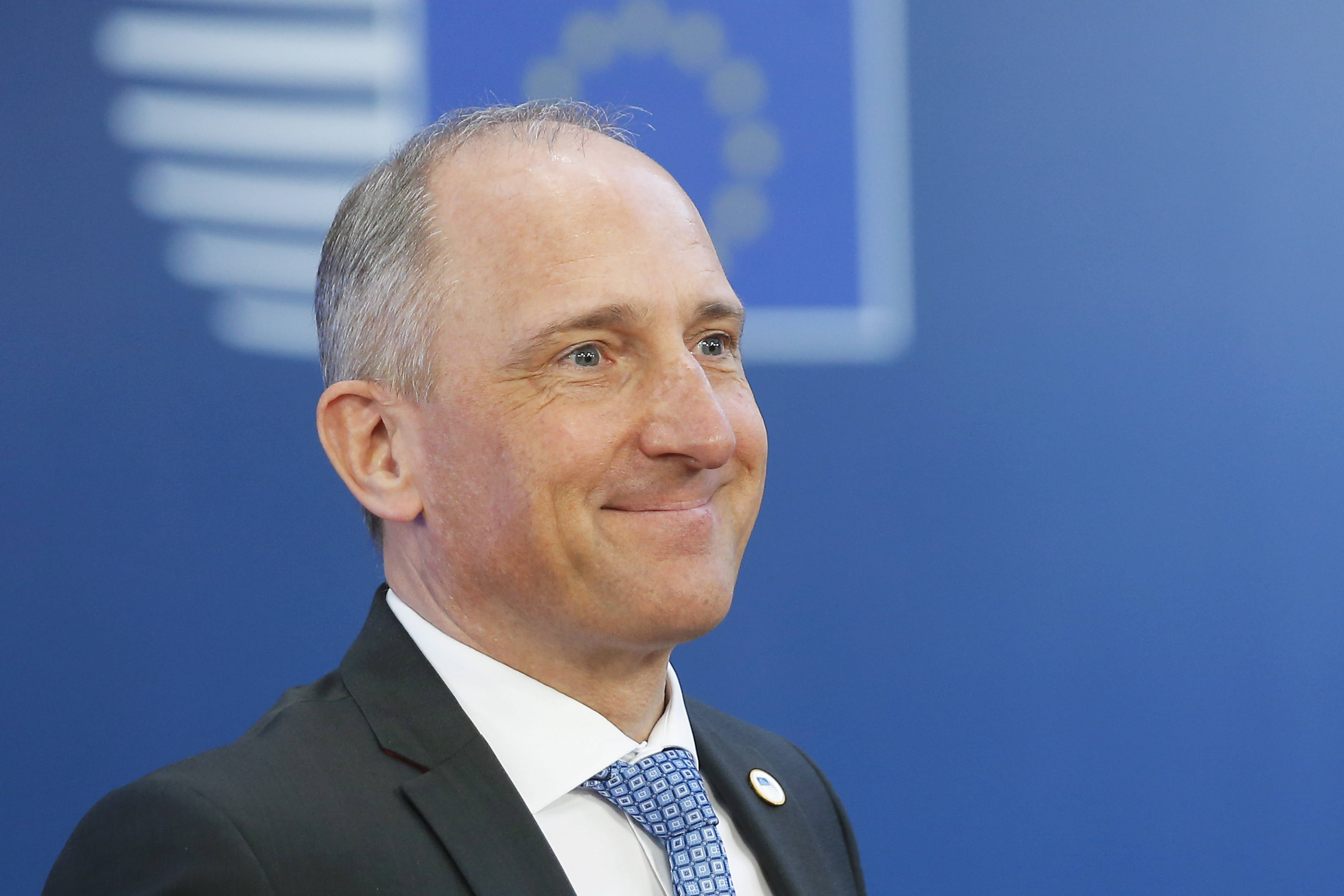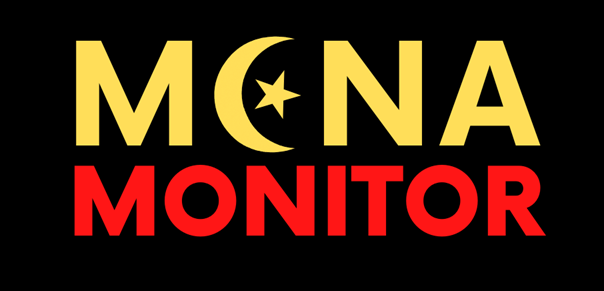THE WARSAW INSTITUTE REVIEW
Date: 05 May 2021
Author: Marcin Łukaszewski
The European Microstates: The Prospect of EU Membership in the Context of Association Agreement Negotiations
Currently, Malta is the smallest EU member state – both in terms of size and population. However, it may soon be replaced by another, even smaller one, since a number of countries in Western Europe have been willing to collaborate with the European Communities already for several decades now. Apart from Switzerland, such enclaves include Andorra, situated between Spain and France; Monaco, located on the French Riviera; Liechtenstein, established between Switzerland and Austria; and two territories in Italy – the Vatican City State and San Marino. Each of the relations between these microstates and the EU is different. It is likely that three of them would be revised soon.

The Vatican City State
The Vatican City is the only one of the five microstates which are not expected, even in the distant future, to become a member of the European Union (both sides are reluctant to do so). The reasons are obvious – the Vatican City is a non-democratic country, a theocracy. It would be difficult to indicate the Copenhagen criteria which the Vatican City State could possibly meet. As a result of the unique political and economic system (the Vatican City does not operate under most of market economy conditions), it will not become an EU member state even in the long term.
The Vatican City has settled its relations with the European Community (EC) mainly because its only neighbor is an EU member. The territory of this microstate is a part of the Schengen Area because its borders with Italy are partially open, although formally, the Vatican City State is not a signatory of the Schengen Agreement. The substantial cooperation between the Vatican City and the European Union is best evidenced by the fact that the Vatican City uses the euro. An appropriate monetary agreement was concluded in 2000 and replaced with a new one 10 years later.

The Vatican City State
Liechtenstein
Among all five European microstates, Liechtenstein is the most integrated with the EC. Although it is not a member state of the European Union, it belongs to the European Economic Area (EEA). It should be clearly noted that Liechtenstein’s membership in the EEA was partially due to a similar foreign policy of its neighbor – Switzerland, which became a close partner of Liechtenstein after World War I. In the end, Switzerland did not join the EEA as a result of a rather surprising decision of its citizens[1], but Liechtenstein took a courageous step in its foreign policy and became the first microstate so closely linked with European institutions.
Unlike all other microstates, Liechtenstein is part of the Schengen Area, and, unlike Andorra, Monaco, San Marino, and the Vatican City, it adopted the Swiss franc instead of the euro as its currency.
Monaco
For decades, the Principality of Monaco had close ties with France – both economic and political ones, but also in terms of its constitutional system, under which the Republic had the right to fill the most important offices in the Principality. Hence, Principality’s relations with the European Union and the European Communities were, in fact, a consequence of the membership of its only neighbor in that organization. Being in a customs union with France did not result in the need for to regulating trade with the EC by the Monegasque government. Only when France adopted the euro as its currency, Monaco had to solve this issue. Consequently, a Monetary Agreement was concluded in 2001. Afterward, the Agreement was amended several times, and a completely new act was passed 10 years later.
Since France is the only neighbor of the Principality that has access to the Mediterranean Sea, the rules governing the movement of persons had to be established. Currently, the border is open (apart from temporary checks resulting from the COVID-19 pandemic), the conditions for entry and movement of foreigners are identical to those in France, while the seaport (La Condamine) and the heliport, located in the west of the country, have been recognized as external border crossing points.
The bilateral agreements regulate not only the free movement of persons and currency. In 2003, it was agreed that EC’s acts on selected animal and human drugs, cosmetics, and medical products are also applicable in Monaco. Additionally, the Principality was obliged to comply with the EU Directive on taxation of savings income in the form of interest payments, which concerns the funds deposited by EU citizens in Monegasque banks.
Andorra
The situation in Andorra was peculiar until 1993. In the past, it was often not recognized as an independent state due to, among others, accusations of lack of sovereign foreign policy or the fact that it was (and still is) a parliamentary co-principality – a Catholic bishop of a Catalan diocese and the president of France were and are its co-princes. Until the turn of the 1980s and 1990s, its rulers de facto had absolute power. Adopting the first constitution in the country’s history (1993) and the Treaty of Good Neighborhood, Friendship and Cooperation (1993), symbolically allowed Andorra to be another European parliamentary democracy. Andorra joined the European Union Customs Union (EUCU) three years earlier, which in turn abolished all customs duties and charges having equivalent effect.
Spain partially blocked further attempts that might have allowed Andorra to be closer to the European Union. It underlined that the microstate failed to tackle tobacco smuggling. On the other hand, Madrid was eager to cooperate in terms of trade in live animals and animal products (1997); environment, transportation, health, and regional policy (2004); and the adoption of the euro in 2011 (after eight years of waiting for the approval of Brussels)[2]. In the following years, the savings taxation agreement was renegotiated.
Andorra is not a party to the Schengen Agreement – checks are carried out at the borders with France and Spain. However, the microstate coordinates its visa requirements with the Schengen Area and accepts Schengen visas.
San Marino
Relations between the European Economic Community (EEC) and the Republic of San Marino were established in 1983, but they intensified in the 1990s when the Agreement on Cooperation and Customs Union was signed. As a result of these and subsequent arrangements, San Marino’s government had to comply with customs, trade, and veterinary regulations of the Community. Moreover, areas of cooperation included: culture, environment, services, industry, communications, information, and tourism, among others. Pending ratification of the deal, the parties agreed to conclude an Interim Agreement on Trade and Customs Union. Consequently, the relevant provisions were in force even before the previously negotiated Agreement was ratified. In the end, the Agreement on Cooperation and Customs Union came into effect in April 2002.
As in the case of the other Italian enclave, the subject of currency of the microstate had to be regulated. After the Sammarinese lira was abandoned, the Government of the Republic signed a Monetary Convention in 2000. The Agreement replaced the one concluded in 1991 and imposed an obligation on San Marino authorities to fight against counterfeiting of the euro. These responsibilities were further clarified in 2012 when the deal was renewed. As far as border checks are concerned, San Marino is not part of the Schengen Area, but there is no border control. Furthermore, the microstate is not obliged to implement any provisions of the Schengen acquis, such as police and judicial cooperation. Additionally, it is worth highlighting that, thanks to bilateral agreements, citizens of San Marino are allowed to work and reside on Italian territory.

The microstates and their potential membership in the EU
The EU institutions, acknowledging the gradual integration of microstates on various levels, had reviewed the existing legal arrangements and identified areas for future cooperation. In 2012, the European Commission outlined five options for closer integration with the EU: (1) maintenance of the status quo, (2) sectoral approach, (3) framework Association Agreement, (4) participation in the EEA, and (5) membership in the EU. However, these considerations concerned only Andorra, Monaco, and San Marino.
The first solution was unfavorable for microstates because they would be unable to take advantage of the internal market. On the other hand, the second proposal was considered unfavorable for the European Union by the authors of the report. The EU would have to enter into negotiations with each of the three countries and conclude several agreements in order to adjust the pace of integration to the needs of each microstate, its preparedness, and economic potential. The fourth scenario – EEA membership – seemed worth considering because of the experience already gained by another such country (Liechtenstein). Apart from that, it was also relatively easy to implement and, from the standpoint of microstates, it would give them the widest possible access to the EU single market (apart from the membership, of course). Finally, in the fifth case – the EU membership – their population would have to be considered.
If one of these countries became a member of the European Union, the number of MEPs representing the microstates would have to be considered. Malta, which has the smallest population (440,000 inhabitants) and the smallest area (316 km2; 122 sq mi), has six MEPs. If the seats were to be distributed proportionally also among the member states, it would be quite problematic since Andorra has a similar size to Malta (468 km2; 181 sq mi), but a much smaller population (77,000). In the case of San Marino (61 km2; 23 sq mi; 33,000 people) and above all Monaco (2 km2; 0.77 sq mi; 37,000 people), it would be even more complicated – especially since the EU law stipulates that the minimum number of MEPs per country is six. Even if this rule is waived, Andorra, which has the largest population, would have to be represented by one MEP, posing a problem to the other two microstates. Additionally, the obligation to adopt the acquis communautaire would be an enormous administrative burden to each of the microstates.
Given the shortcomings of the first two solutions, the conclusions of the report suggested the adoption of one of the last three proposals, although the membership was said to be possible only in the long term. Consequently, only two options remained – the Association Agreement or the EEA membership. Both of them allowed enough flexibility for the two sides and adequately protected the European Union’s interests.
As mentioned above, the solutions aimed at establishing an Association Agreement with the European Union immediately excluded the Vatican City and Liechtenstein. Thus – what is not necessarily bound to happen but clearly indicates possible future relations – the possibility of EU membership for these microstates was rejected. In the case of the Vatican City, neither party has expressed the willingness to transform the relationship, while in the case of Liechtenstein, the current EEA membership seems to be sufficient and is likely to be continued in the future. Currently, the citizens of the Principality are pleased with the EEA affiliation. According to a survey conducted by the Liechtenstein-Institute in 2020, the 25th anniversary of the membership, as much as 76% of respondents perceived the EEA positively, 84% said that it is good for their country, and as many as 70% considered it the best option for Liechtenstein for the next few years[3]. For this reason, the Government of the Principality is not expected to take any steps towards joining the European Union or even concluding an Association Agreement with it.

EEA membership or an Association Agreement?
In the next dozen years or so, it is unlikely that Liechtenstein would be a candidate for EU membership – either invited to do so or applying individually, as the public mood in the Principality suggests. The Vatican City, which is not taken into account by the decision-makers, should not be considered a potential candidate for EU membership either, even in the long term. Hence, only the other three microstates: Andorra, Monaco, and San Marino, could be taken into consideration.
At the end of 2013, the European Commission published a report (COM/2013/0793) which considers options for the participation of the three microstates in the EU internal market. Should Andorra, Monaco, and San Marino become members of the EEA, they would also need to join the European Free Trade Association (EFTA). This would require the consent of all four member states (Liechtenstein, Norway, Switzerland, and Iceland). If they agree to do so, Liechtenstein, Norway, and Iceland (members of the EEA) might be concerned that the decision-making process could take longer because not three, but as many as six states would have to agree on a common position. The governments of Andorra and San Marino responded positively to the proposal of such cooperation, but the government of Monaco was strongly against this idea. According to its authorities, such a statement was due to the Principality’s specific status that is not provided for in the institutional framework of the Agreement on the EEA. It is worth noting that, already back then, each of the three microstates had (and still has) a different approach to European integration, which is not surprising. Therefore, creating an Association Agreement that is suitable for all three entities may prove difficult.
In terms of the second option, it is worth highlighting that the Association Agreement seems to be a good framework – a foundation for developing other forms of cooperation. However, it should be noted that a single agreement for all microstates or three separate ones (one for each of them) could potentially be adopted, yet the EU would prefer to adopt a multilateral one. Unlike the EEA membership, in which Monaco did not want to participate, all three governments expressed their openness for further negotiations in the case of the Association Agreement. The Monegasque government indicated that it would prefer a bilateral agreement with the EU, allowing it to take into account its distinct relationship with France. However, the EU would favor a single multilateral Association Agreement.
In December 2014, the Council of the European Union adopted a decision that authorized the European Commission to negotiate an Association Agreement (or three Association Agreements). In 2018, the Council of the EU approved conclusions on a homogeneous extended internal market and EU relations with non-EU Western European countries. They included an analysis of the relationships with Iceland, Liechtenstein, Norway, and three microstates. Moreover, the Council was satisfied with the progress in the negotiations with Andorra, Monaco, and San Marino. The efforts of their governments to improve tax governance and legislature, among others, were also praised. On December 4, 2018, the Economic and Financial Affairs Council (ECOFIN) took note of the progress made by Andorra and San Marino. Finally, in early 2019, the European Parliament’s Committee on Foreign Affairs (AFET) published a report for the Council, the European Commission, and the High Representative of the Union for Foreign Affairs and Security Policy, as well as a corresponding draft recommendation of the European Parliament.
The report draws attention to one of the fundamental problems (challenges) that microstate governments will have to face. Due to limited administrative resources, which are a consequence of a small population, their budgets may be strained in the process of implementing the acquis communautaire. This, in turn, might have negative implications on public opinion, whose attitude can turn from friendly to hostile if the budget is overstretched. Hence, the authors of the document suggested an appropriate (i.e., slow) pace of implementing the acquis so that the administrative bodies of each microstate could cope with it without burdening their budgets. Furthermore, it was noted that appropriate clauses need to be used during the implementation of freedom of establishment, ensuring a gradual change of the socio-economic system of each microstate. Additionally, the report indicated that the negotiations should be completed within the next two years (by early 2021).
In San Marino, the matter of EU membership has repeatedly been the subject of parliamentary and public debates. After multiple issues, a referendum concerning the support of the government’s efforts to join the European Union was held[4]. Although a slight majority of participants (50.3%) voted in favor of the proposal, the turnout was below the required threshold for the referendum to be valid. It is worth noting that the motion did not enjoy widespread support in the parliament back then.
Everything indicates that in the near future, the relations between the Vatican City State or Liechtenstein and the European Union would remain unchanged, Monaco would continue to negotiate an Association Agreement and maintain close ties with its only neighbor, while Andorra and San Marino would strengthen their cooperation with the European Union. For the time being, this would be within the framework of an Association Agreement, but without rejecting the possibility of membership in the near future. The potential membership of San Marino and Andorra cannot be fully ruled out. Even though this issue has been raised by successive governments of both countries and currently there is not enough public support for doing so, this could change any time soon. Hence, only the support of the majority of the population in both countries and the backing of a clear parliamentary majority may provide grounds to apply for EU membership.
[1]It was a consequence of the referendum result – 50.4%.
[2]Earlier, Andorrans used Spanish and French currency simultaneously.
[3]Einstellung zur EWR-Mitgliedschaft Liechtensteins, April 7, 2020,
https://www.liechtenstein-institut.li/news/einstellung-zur-ewr-mitgliedschaft-liechtensteins, retrieved January 31, 2021.
[4]Admittedly, it is possible to conduct a referendum in Andorra, but none were held after 1993 when the first constitution was adopted. There are no forms of direct democracy in Monaco, while in Liechtenstein, referendums were held only in 1992 and 1995 (the EEA membership).
All texts published by the Warsaw Institute Foundation may be disseminated on the condition that their origin is credited. Images may not be used without permission.















